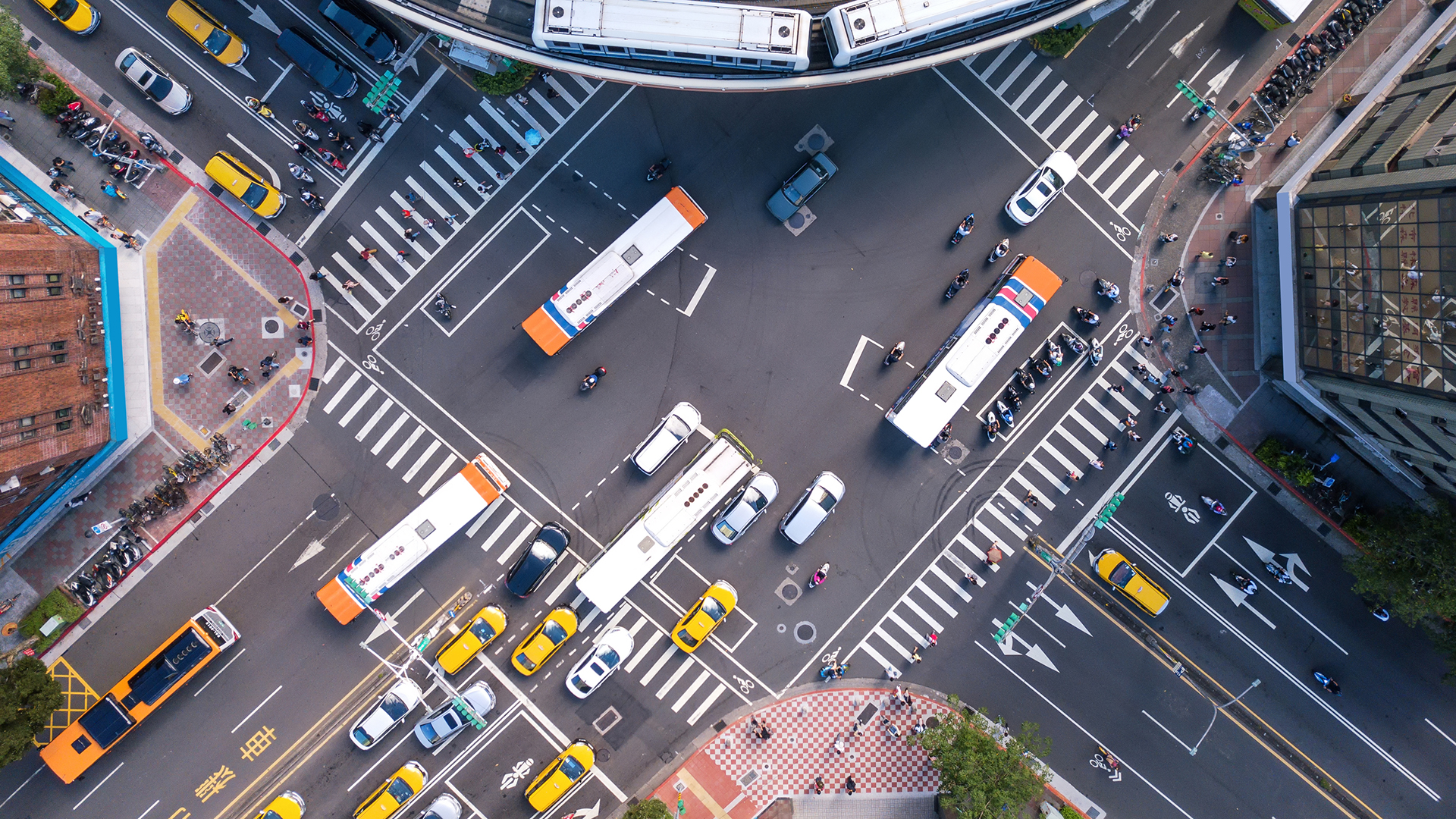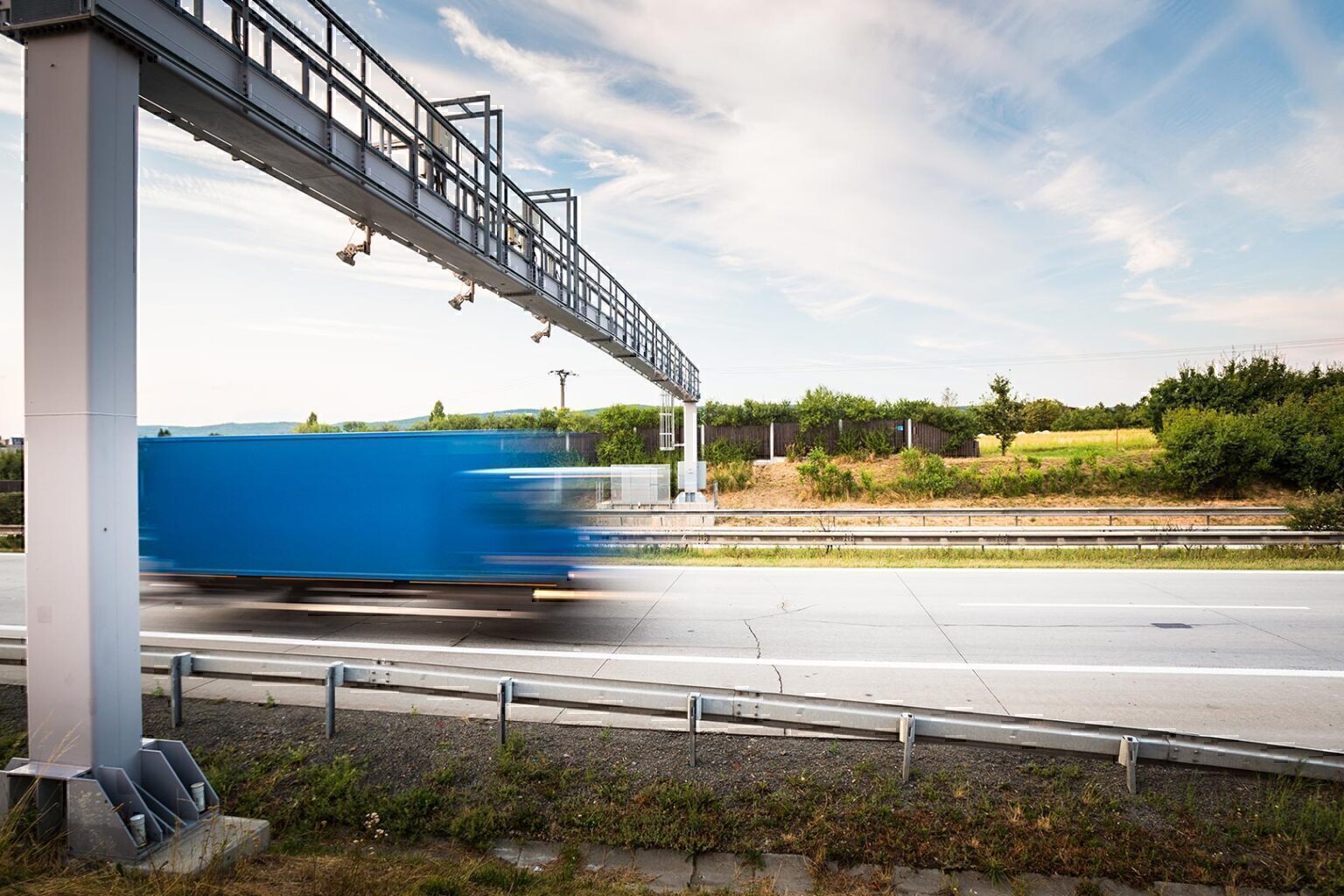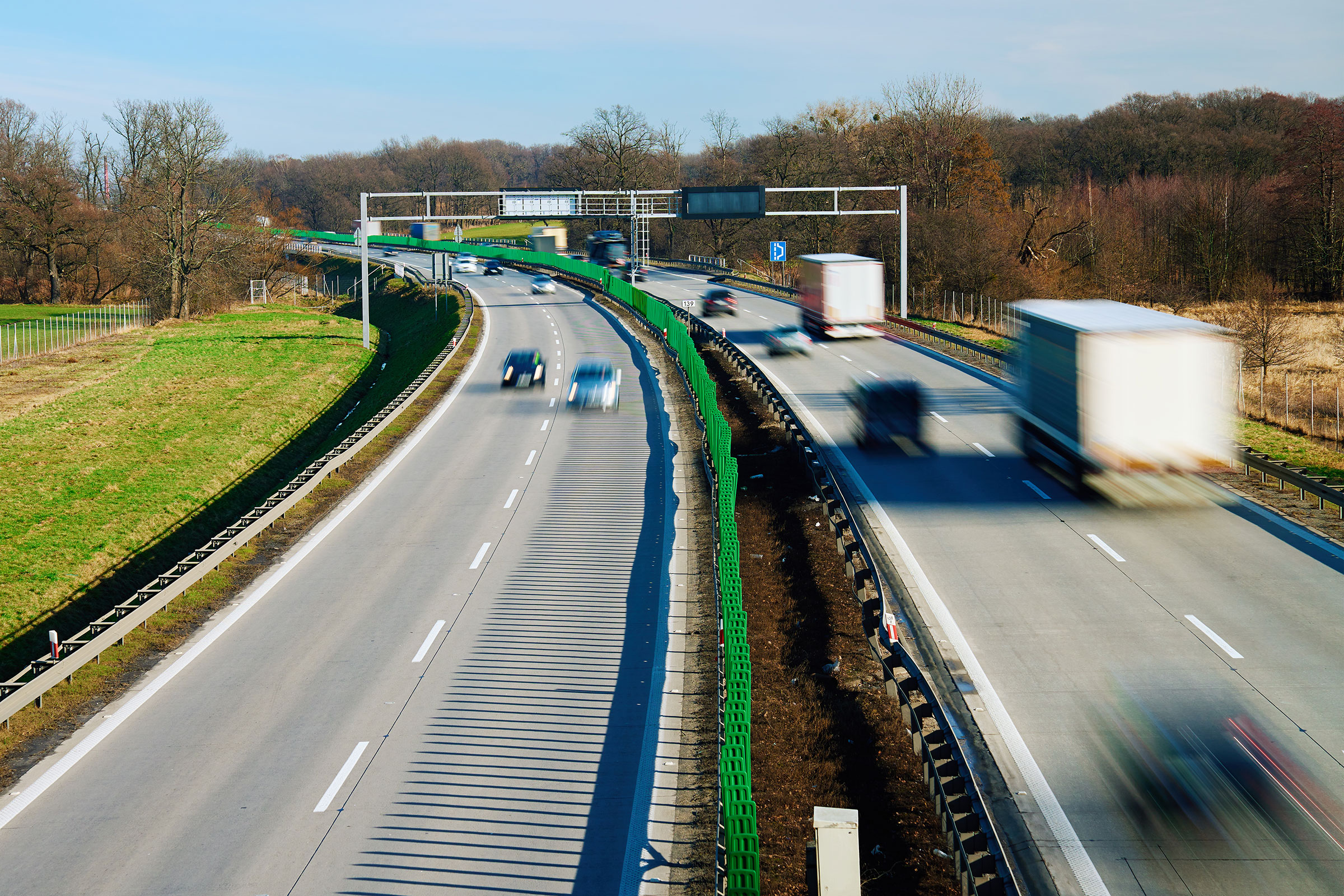Guest: Tom Macchione, Director of Traffic Engineering & Operations, Pennsylvania Turnpike Commission (PTC)
Hosts: Alex Fakeri (Mojo) with guest host Pat Wicketts (CSG)
Sponsored by CSG
1. Safety, standardized: a multi-pronged program delivers measurable results
Pennsylvania Turnpike has cut work-zone crashes by more than 20% since forming its cross-functional work-zone safety committee.
What changed
- Standardized work-zone layouts system-wide to reduce driver confusion
- Eliminated median-side sign setups to reduce worker exposure time
- Executive sponsorship and cross-department coordination
“We’ve made a reduction in work-zone crashes by more than 20%… It’s not one innovation. It’s a whole host of things we increased focus on across multiple departments—with full support from our executive staff and commissioners.”
Bottom line: Standardization + exposure reduction + governance beats one-off tech fixes.
2. Operate with data you trust (and verify)
PTC blends third-party and operational data to speed incident response and keep traffic flowing.
What they do today
- Crowd-sourced incident signals (Waze) trigger maintenance dispatch when reliability thresholds are met
- Fleet cameras confirm hazards on arrival
- Speed dashboards flag sudden slowdowns; staff then validate and manually adjust variable speed limits (moving toward more automation)
- Real-time incident text updates via 47676 give drivers answers on “what happened” and “how long,” but only when stopped (opt-in each time)
“We receive data from Waze… If there’s enough reliability behind the reports, we verify and dispatch. We also monitor average speeds by segment and adjust limits when conditions change—human in the loop today, with AI coming.”
Bottom line: Use automation to surface issues fast, but keep a verification step where public messaging and safety are at stake.
3. Build for the future: EV/AV and vehicle-to-infrastructure (V2X)
The next wave is direct communication with vehicles and revenue models that treat tolling as a service.
What’s coming
- V2X alerts: vehicles receive speed and hazard advisories (e.g., “work zone ahead, slow to X mph”)
- EV readiness: plan for long-haul charging and EV fire response (higher heat, longer burn)
- Mixed-fleet safety: human drivers + AVs sharing lanes
- Tolling-as-a-service: dynamic pricing, bridges/HOT lanes, venue/parking management
“We need to communicate directly with the vehicle… Tell it there’s a work zone ahead and the speed to slow to. We’re not there yet, but that’s where we’re headed.”
Bottom line: Prepare policies, playbooks, and infrastructure now—don’t wait for full autonomy to arrive.
One principle that cuts through
“One death is too many. That’s why safety is a key part of our culture—safe speeds, safe work zones, quick clearance, and ongoing investment in technology.”
Listen to the episode
If you’re exploring ways to streamline customer communications from notice to payment, CSG powers omnichannel print, digital, and payments experiences purpose-built for tolling agencies.
Listen to the episode
For the full discussion—work-zone standardization details, incident workflows, and the roadmap to V2X—tune into this episode of Toll Talk with Tom Macchione, hosted by Alex Fakeri (Mojo) and Pat Wicketts (CSG).










